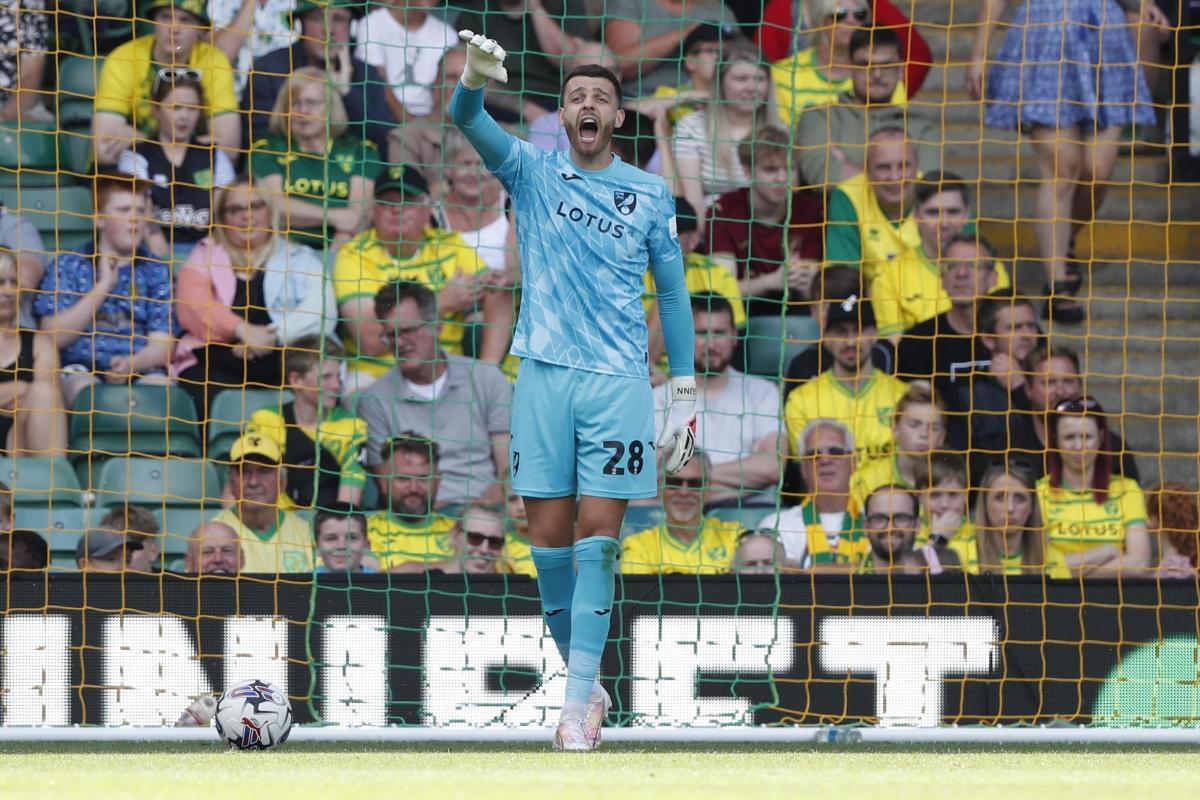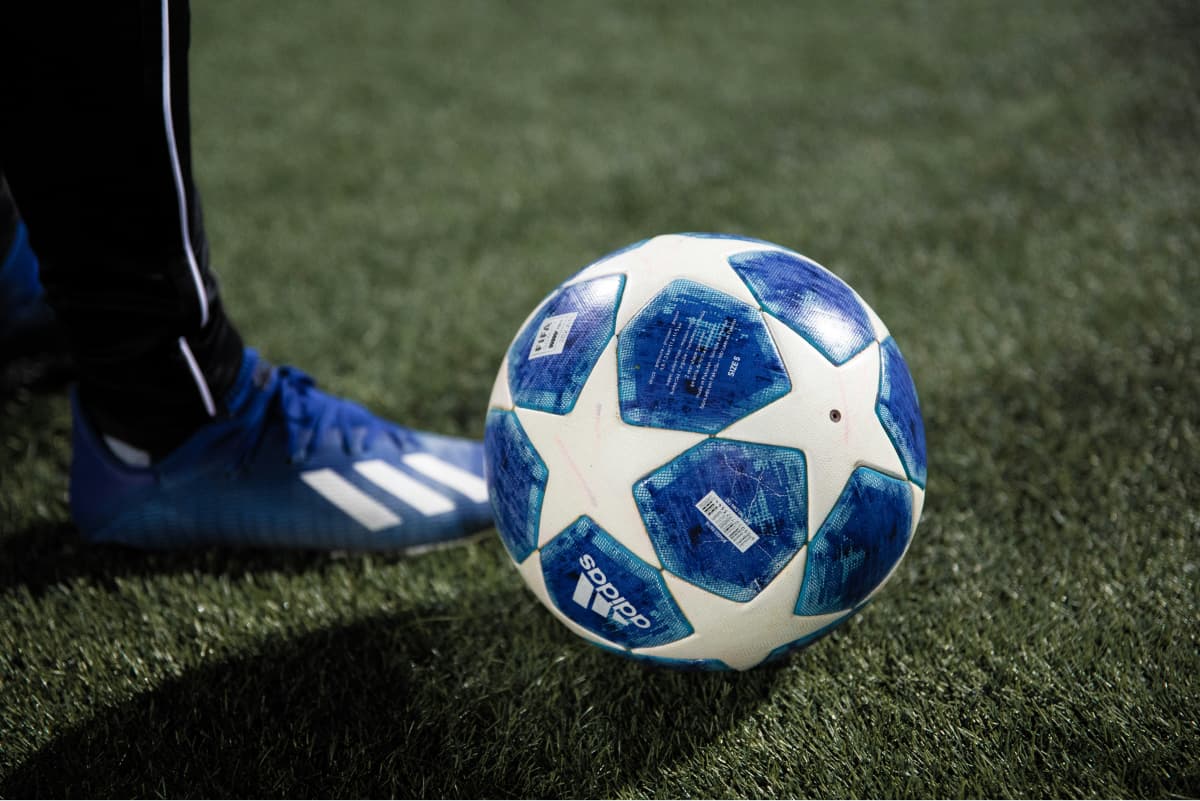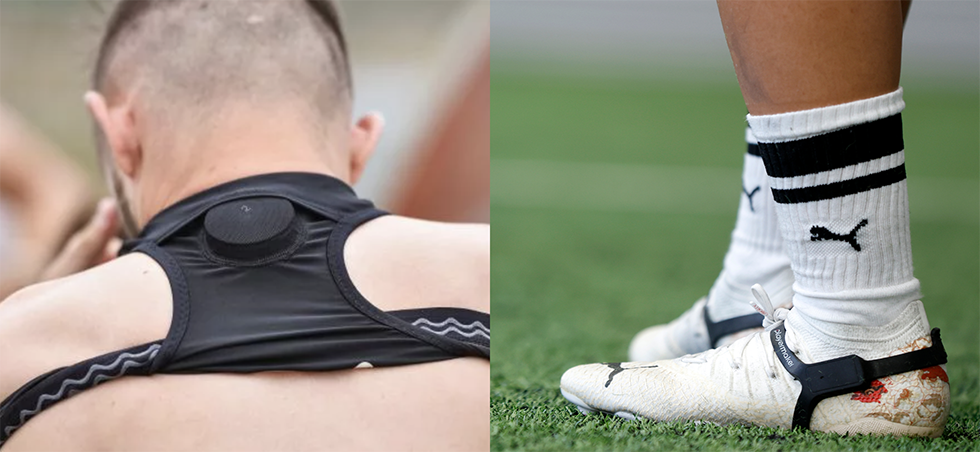Understanding the demands placed on goalkeepers is crucial for ensuring optimal performance and mitigating the risk of overuse injuries. With Playermaker’s innovative foot-worn tracking technology, goalkeepers’ kicking loads and ball distribution are measured, transforming clubs’ approach to better monitoring and understanding their GK’s.
Measuring the kicking loads and volumes of a goalkeeper
The kicking demands and volumes of goalkeepers differ greatly from any other position on the pitch, especially the repetitive stress on their lower limbs due to the large number of high-intensity kicks required during training and games. We’ve found this to vary across different GK’s also, whether they are the number 1, or the second or third choice keeper. While someone is catching/ saving a ball, who is the one serving? How often do the GK’s serve as well as practice their kicking?
Playermaker’s advanced foot-worn tracking device provides data on the intensity and frequency of a goalkeeper’s kicking activities during training and games. By monitoring kicking loads (namely the number of high-velocity kicks versus low-velocity kicks), clubs gain valuable insights into the specific stresses placed on the lower limbs, allowing them to make informed decisions to prevent overuse injuries.
With this proactive approach, Playermaker enables clubs to detect changes in kicking loads, prompting timely interventions and adjustments in training regimens to safeguard the well-being of the goalkeepers.
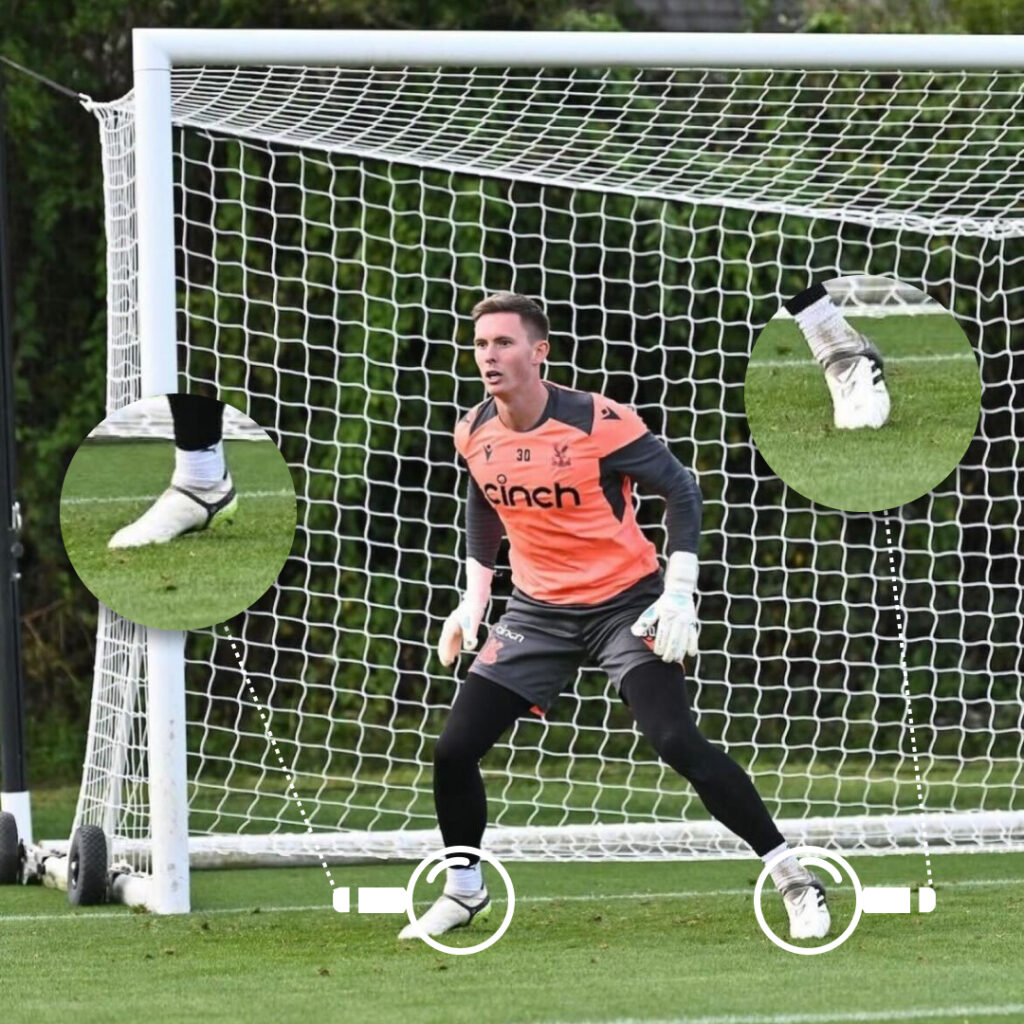
“I’ve worn Playermaker to support me with my rec fem (quad) injury, and I’ve tracked every kick that I’ve done. This has helped me progress throughout my rehab, and now I know I can go back (to training and games) fully fit and confident.”
Dean Henderson, Goalkeeper, Crystal Palace F.C
Playing out from the back
Determining the duration goalkeepers are involved with the ball during game time can differentiate a good goalie from an outstanding one. The duration a goalkeeper spends in possession of the ball not only reflects their skills in executing football tactics but also their quick decision-making abilities and their understanding of the flow of the game and their teammates.
There are several ways goalkeepers distribute the ball – from kicking, throwing, and rolling (sometimes heading outside their box if required!). Each distribution tactic results in varying amounts of time spent on the ball. Playermaker offers clubs detailed information on the exact time goalkeepers spend with the ball at their feet during training and matches.
By quantifying the time on the ball, clubs gain unparalleled visibility into the speed and efficiency of their goalkeepers’ distribution processes, enabling them to make informed assessments and adjustments to enhance overall performance. Combined with video integration, it allows the coach a holistic overview of how a GK uses the ball at their feet.
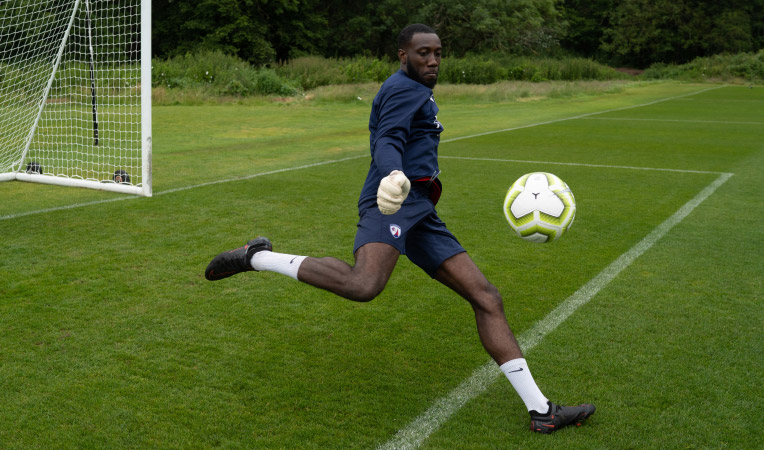
Measuring GK’s at foot level
Goalkeepers’ movements differ greatly from outfielders. Due to their quick, transitional, and intricate movements compared to outfield players, they are more sensitive to smaller changes in the direction of the feet.
To measure the lower limb’s short and rapid movements, placing devices on the feet, can allow us not only to see the kicking and technical actions of the GK’s as mentioned above, but also, look at a GK’s foot speed and how quickly they move their feet/are in contact with the ground and in the air.
By providing unparalleled insights into kicking loads, speed of distributions, and speed of footwork, Playermaker empowers clubs to optimise their goalkeepers’ performance and minimise the risk of overuse injuries. Whether it is throughout a game or during practice, the data is useful for clubs to provide higher quality training, choosing, and creating a competitive edge.
Interested in learning more about how Playermaker helps Football Clubs optimise technical, tactical, and physical capabilities?



